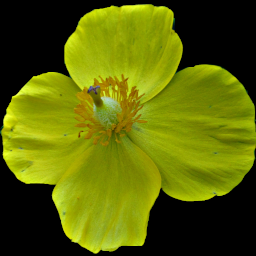
This would certainly be one of our most prized ornamentals if it weren’t prickly, ubiquitous, and ineradicable. The seeds are prized by goldfinches, which are among our most ornamental birds. This plant was blooming in late October along a seldom-used railroad siding in Oakmont.
Gray describes the genus and the species:
CIRSIUM [Tourn.] Hill. COMMON or PLUMED THISTLE
Heads many-flowered; flowers all tubular, perfect and similar, rarely imperfectly dioecious. Bracts of the ovoid or spherical involucre imbricated in many rows, tipped with a point or prickle. Receptacle thickly clothed with soft bristles or hairs. Achenes oblong, flattish, not ribbed; pappus of numerous bristles united into a ring at the base, plumose to the middle, deciduous. Herbs, mostly biennial; the sessile alternate leaves often pinnatifid, prickly. Heads usually large, terminal. Flowers reddish-purple, rarely white or yellowish; in summer. (Name from kirsos, a swelled vein, for which the Thistle was a reputed remedy.) CNICUS of many auth., not L. By some recent Am. auth. included in CARDUUS.
* * * * Outer bracts of the appressed involucre barely prickly-pointed; heads mostly small and numerous. None of the leaves strongly decurrent.
13. C. ARVENSE (L.) Scop. (CANADA THISTLE.) Perennial, slender, 3-9 dm. high, the rootstock extensively creeping; leaves oblong or lanceolate, smooth, or slightly woolly beneath, finally green both sides, strongly sinuate-pinnatifid, very prickly-margined, the upper sessile hut smrrcly decurrent; heads imperfectly dioecious; flowers rose-purple or whitish. (Carduus Robson; Cnicus Hoffm.) Cultivated fields, pastures, and roadsides, common; a most troublesome weed, extremely difficult to eradicate. (Nat. from Eu.) Var. VEST!TUM Wimm. & Grab. Leaves permanently white-lanate beneath. Locally established. (Nat. from Eu.) Var. INTEGRIFOLIUM Wimm. & Grab. Leaves chiefly plane and uncut, or the lowest slightly pinnatifid. Local, Que., N. E., and N. Y. (Nat. from Eu. )





